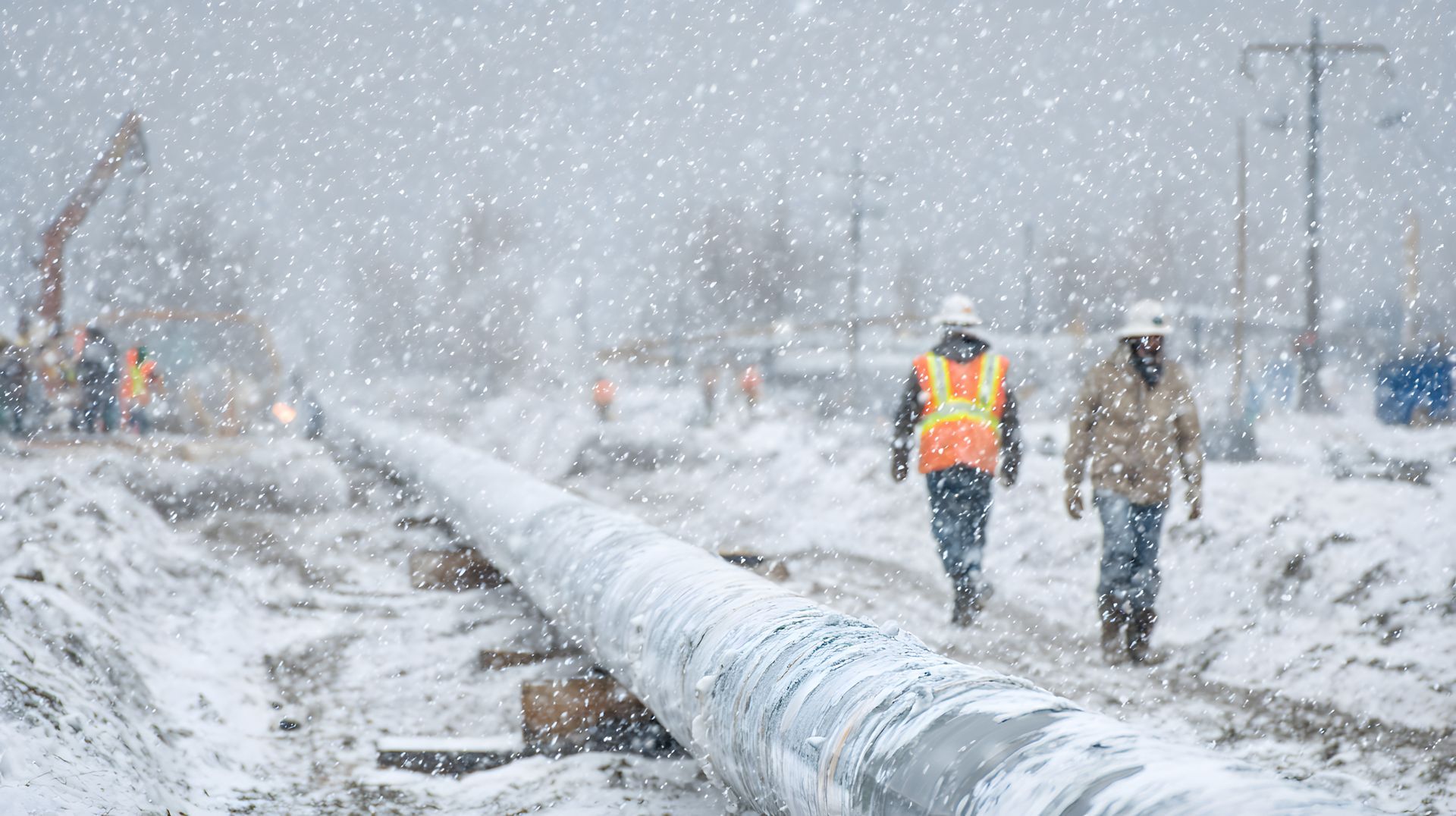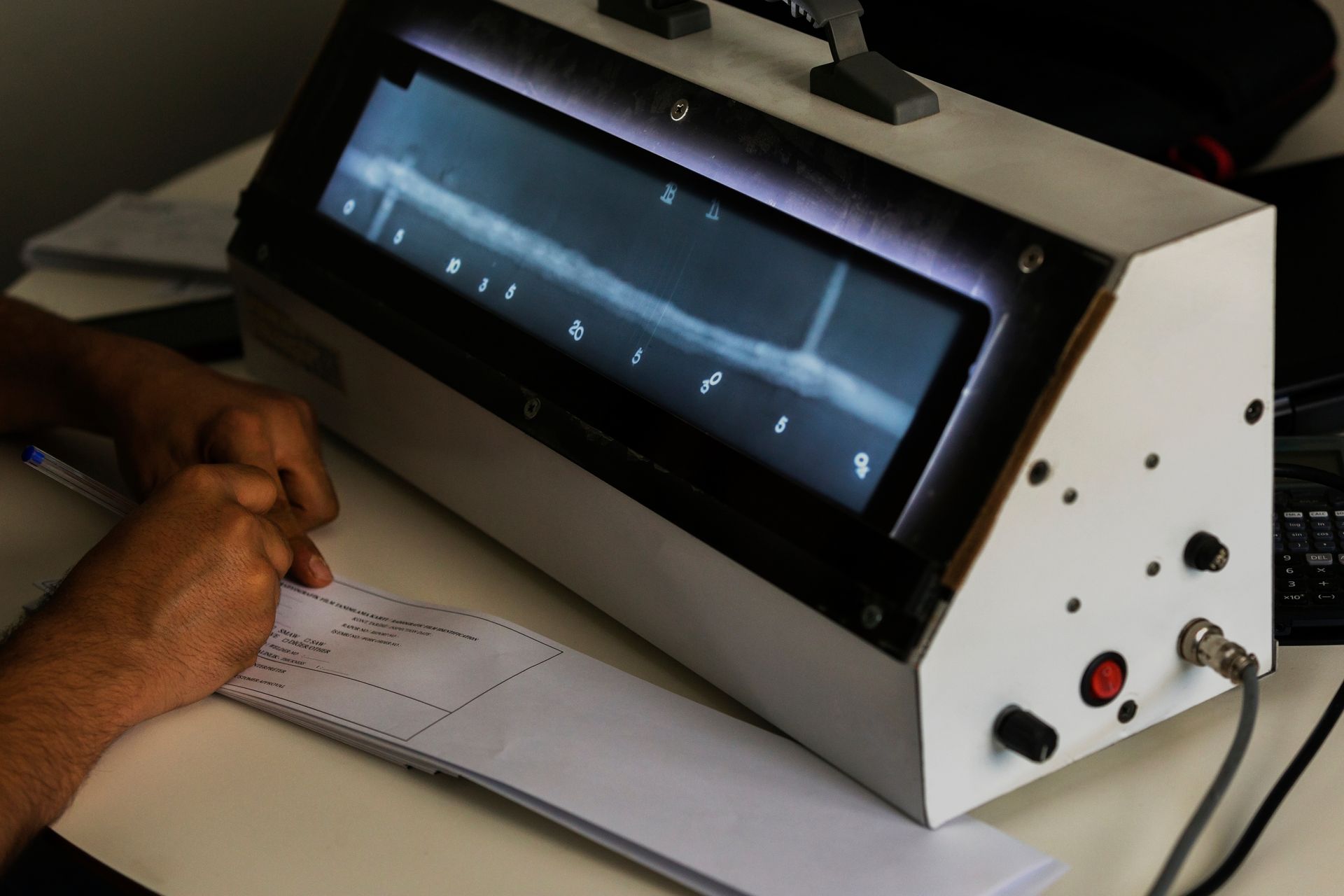Why Is NDT Critical in the Construction Industry?
May 30, 2025
Non-Destructive Testing (NDT) plays a crucial role in ensuring the safety, quality, and longevity of structures in the construction industry. NDT methods allow for the inspection and evaluation of materials, welds, and components without causing any damage. These testing techniques help identify potential flaws or weaknesses that could compromise the integrity of a building or infrastructure. In this blog, we’ll explore why NDT is critical in the construction industry and how it contributes to building safer, more reliable structures.
1. Ensuring Structural Integrity
One of the most important applications of NDT in the construction industry is ensuring the structural integrity of buildings, bridges, and other infrastructure. NDT methods such as ultrasonic testing, radiographic testing, and visual inspections help assess the condition of materials used in construction, identifying any defects that could weaken the structure.
Why It’s Important:
A structure’s integrity is vital for the safety of its occupants. NDT methods detect hidden defects such as cracks, voids, or corrosion that may not be visible to the naked eye, preventing catastrophic failures in the future. Early detection through NDT allows for timely repairs before problems worsen.
What You Can Do:
Construction companies should incorporate NDT during both the
design phase and throughout the life cycle of a project. Regular inspections can ensure that the structural components of the building or infrastructure remain in good condition and meet the necessary safety standards.
For more information on the different types of NDT, visit Steel City NDT's NDT services page.

2. Quality Control and Assurance
NDT is also crucial for quality control and assurance in the construction industry. By evaluating materials and welds before, during, and after construction, NDT helps ensure that everything meets industry standards and project specifications. It ensures that construction materials such as steel, concrete, and other components are of high quality and suitable for use in construction.
Why It’s Important:
Failure to detect material defects or construction errors can lead to structural failures, delays, and costly repairs. By incorporating NDT methods in the quality assurance process, construction companies can verify that all components meet the required standards before proceeding with further construction or occupancy.
What You Can Do:
Utilize NDT techniques at various stages of the project to verify material quality and structural integrity. Routine testing helps catch any defects early in the process, reducing the risk of costly rework and ensuring that the final product is durable and safe.
Learn more about the role of NDT in quality assurance from resources like the American Society for Nondestructive Testing (ASNT).
3. Cost Savings Through Early Detection
By identifying issues early through NDT, construction companies can save significant amounts of money. Detecting material defects, corrosion, or faulty welds before construction progresses can prevent expensive repairs and delays later on. Fixing problems before they escalate is much more cost-effective than dealing with a structural failure once the project is completed.
Why It’s Important:
Investing in NDT during the construction phase can prevent costly delays and damage control. Catching defects early allows for faster resolution and helps keep the project on schedule, saving both time and money.
What You Can Do:
To maximize cost savings, integrate NDT inspections into every phase of construction, from initial design to post-construction. This proactive approach ensures that any issues are identified and corrected quickly, avoiding future expenses.
4. Enhancing Safety Standards
Safety is paramount in the construction industry. NDT helps enhance safety standards by identifying potential risks that could endanger workers and occupants. Whether it’s a crack in a load-bearing beam or corrosion in critical infrastructure, NDT provides an effective way to detect hidden dangers that could compromise safety.
Why It’s Important:
NDT minimizes the risk of accidents by ensuring that structures are safe for use. With the ability to identify underlying issues, construction companies can take corrective measures to prevent accidents and fatalities.
What You Can Do:
Ensure that safety is a top priority by implementing NDT as part of your construction process. Regular testing helps ensure that buildings and infrastructure are structurally sound and safe for both workers and future occupants.
For more information on how NDT enhances construction safety, visit the American National Standards Institute (ANSI) for guidelines.
5. Compliance with Industry Standards and Regulations
Construction projects must comply with numerous codes and regulations, many of which require NDT to ensure that the work is up to standard. By incorporating NDT methods, construction companies can demonstrate compliance with building codes, regulations, and industry standards, which are often required by law or contractual agreements.
Why It’s Important:
Failing to meet industry standards or regulations can result in fines, legal issues, or the inability to obtain necessary permits. NDT helps ensure that your construction project adheres to all required regulations, protecting your business from potential legal or financial consequences.
What You Can Do:
Stay up to date with local, state, and federal regulations to ensure that your project complies with the necessary standards. By using NDT, you can demonstrate compliance and avoid penalties for non-compliance.
Conclusion
NDT is an indispensable tool in the construction industry, playing a crucial role in maintaining the safety, quality, and longevity of structures. By implementing NDT throughout the construction process, companies can ensure that their buildings and infrastructure meet the necessary safety standards and are built to last. From detecting structural flaws to enhancing quality control and reducing costs, NDT provides value at every stage of the construction process.
For reliable and professional NDT services, contact Steel City NDT. We provide a wide range of NDT solutions to help you ensure the highest standards of quality, safety, and compliance in your construction projects.





